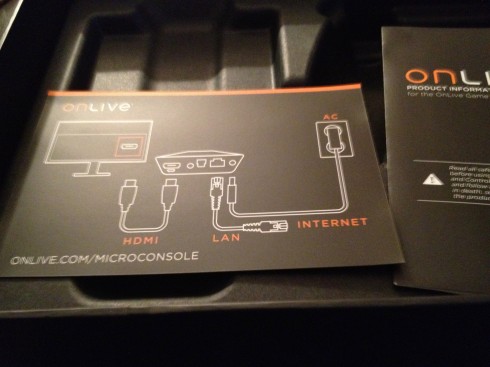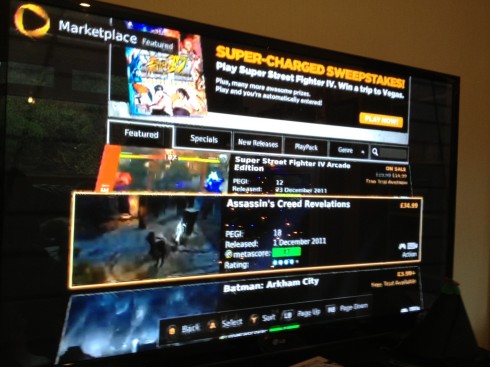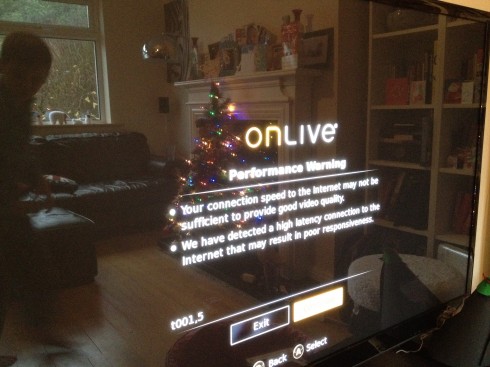Just before Xmas I was contacted by a PR agent for the new BT Onlive Service.
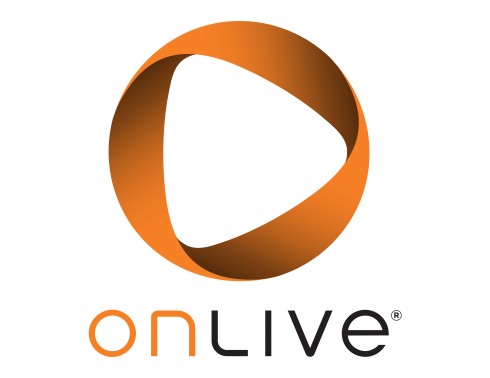
Onlive is one of the “big two” cloud gaming services and happens to be the one having received investment from BT and being bundled with some of BTs other premium services with their broadband offering. (The other cloud gaming service is Gaikai).
A few days after agreeing to post a review, I received a new Onlive Microconsole in the post. As it arrived just before Xmas day, there was much speculation on the service and how it would work. The requirements for Onlive are pretty basic:
- minimum 2 Mbps internet connection (5 Mbps recommended)
and that’s pretty much it. My internet runs at 6.5 Mbps downstream (real world about 5 Mbps) and 700 Kbps upstream (real world about 600 Kbps) and with a latency of about 40 ms. So you’d think I should be fine for this. For a good discussion of the other sources of latency – including the latency of your TV display, see Eurogamer.

But, this is from the Onlive help on Latency:
The lower the better, but if your “ping” result is much more than 25 ms, we do not recommend using it for online gaming.
Oh crap.
So I did a traceroute test:
mycomputer:~ me$ traceroute bt.com
traceroute to bt.com (62.239.237.1), 64 hops max, 52 byte packets
1 skyrouter.home (192.168.0.1) 1.225 ms 0.689 ms 0.709 ms
2 bm5.niba-dhcp.isp.sky.com (94.9.207.62) 22.532 ms 23.585 ms 23.632 ms
3 10.245.166.241 (10.245.166.241) 22.570 ms 22.977 ms 22.726 ms
4 89.200.131.173 (89.200.131.173) 38.261 ms 39.105 ms 35.741 ms
5 linx7.ukcore.bt.net (195.66.224.56) 94.604 ms 35.891 ms 39.608 ms
...
So, really, I can’t even make it to the BT Core network without incurring over 35 ms of latency, which means my connection is too ‘laggy’ for Onlive. I checked with some friends on BT Infinity and their connections incur about 25-28 ms on BT Infinity to the BT core network. That’s much better and obviously the bulk of my latency is eaten up in the transition from the Sky network to the BT core network. I’m a bit annoyed because it is part of BT’s Wholesale ADSL offering. Bah.
Anyway.
The Microconsole requires a HDTV with a HDMI connection and there’s a client that can access the service which runs on Windows, Macintosh and Android. While there is an Onlive Viewer for the iPad, it’s not going to permit you to play games because Apple would demand 30% of any revenue. Yes, Onlive could work around it the way that Amazon has worked around the Kindle. Yes, Apple are being unreasonable. Let’s just leave it at that.

And then I was greeted by
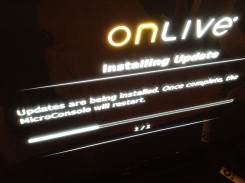
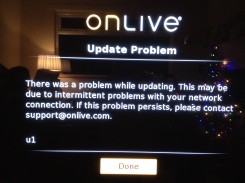
You’ll note the setup is extremely simple. I have two bugbears.
- The power socket is pretty much the same size as the hole for the sound jack. That flummoxed me for a minute. My own fault but still.
- No WiFi built-in. What a pain in the ass. This means I have to either run CAT5 to my TV or use a PowerLine adapter. What sort of system doesn’t have WiFi?
This was followed by an email to support and this is the first real frustration; it took 24 hours to get a reply. Any enthusiasm for playing the console had completely deserted my son as soon as the initial excitement died. It took me a little troubleshooting but I figured out that my 14Mbps PowerLine adapters needed to be replaced with 200 Mbps adapters as the former weren’t transferring enough bandwidth.
So, eventually I got it running.
The selection is okay. For a family with a lot of consoles (we have PC, Mac, PS3, XBOX 350 and Wii as well as iOS devices) then the immediacy promised is an improvement over options like Steam or the XBOX Marketplace, PlayStation Store or other App Stores.
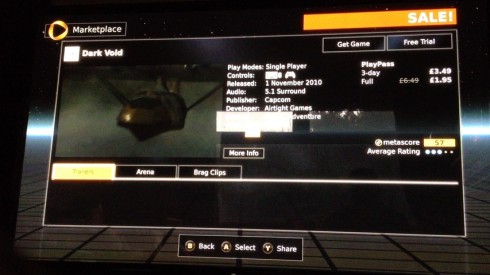
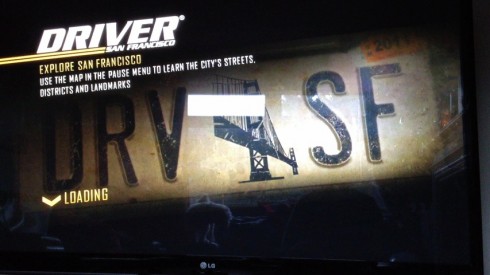
Cons:
- It eats bandwidth. Which means no Youtube for the wife when it’s running and I’d even discourage other less intensive uses of the network.
- Latency issues mean that what you see is not timed with your reactions. For games where reaction time is important (i.e. most of them), I found this maddening.
- They take payments by card but if a PIN is required, it’s not eligible. Which rules out pretty much every Debit card in the UK. Maybe they should sell cards at the checkout in Tesco?
- No login, no play. This is a worse system than the extremely draconian Steam DRM (which means you can’t play two games you own at the same time on different computers) – it just means you can’t play at all.
Pros:
- You can decide to ‘rent’ a new game like Arkham City for 3 days (for £3.99), 5 days (for £5.99) or permanently (for £34.99). That’s comparable to video game rentals and outright purchase. (Arkham City is cheaper at £29.95 from Amazon but you have to wait.)
- There are free trials available for just about every game which allow you to pay the game instantly for 30 minutes. That’s better than a demo or crippleware.
- The Playpack Bundle which provides 135 games for £6.99 a month is incredible value. You also get a 30% discount on all other games if you subscribe. It includes games like Fallout, Fallout 2, Supreme Commander, Bioshock, Borderlands.
Conclusion: it’s not really for me at the moment. I’m enough of a twitch-gamer that I need every second of latency to allow me to play the game properly. In shooters, this level of latency would just be unacceptable. Even Izaak, 10, whose reactions in games tend to be a little slower due to inexperience, found it irritating. It would, however, be an awesome service for a game publisher to tap into if you couldn’t be bothered putting out a demo level. And for gamers who don’t want to bother with downloading demos, why not try the full game for 30 minutes.
But I don’t think know if this is a permanent conclusion. I have standard BT Wholesale ADSL in the house because BT Infinity has not been rolled out to my area yet (the BT Exchange is enabled but … the doowhangle isn’t connected to the gazwhingie). Maybe Infinity has better latency? If it does, then I’d certainly re-consider.
Onlive has UK servers so if your ping latency is less than 25 ms then I think you should try Onlive with the Playpack Bundle. The console is £69.95 retail and you get free access to the Playpack for the first three months. You can also sign onto Onlive with a Mac or PC or Android tablet by just downloading a client. Give it a go and if you find the latency to be acceptable, then please let me know in the comments?
Just be aware: No Wifi so you have to run a cable. A bad connection means no games (use pingtest.net to check). Prices are not really cheaper.
Other Reviews:
